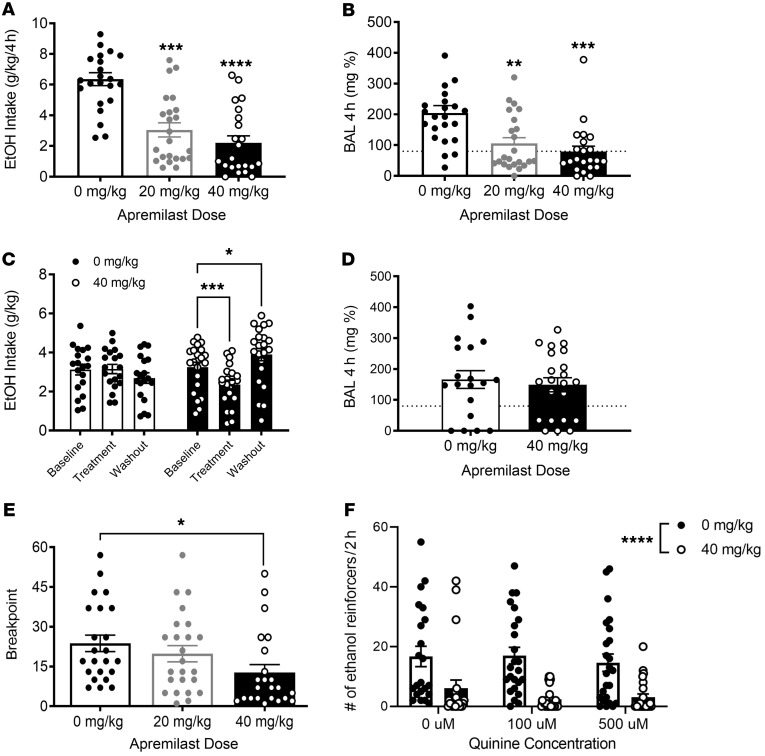Figure 1. Apremilast reduces binge-like drinking behavior and ethanol motivation in mice selectively bred for drinking to intoxication.
(A) Binge-like ethanol intake (g/kg/4 hours) for HDID-1 (n = 10–12/sex/apremilast dose; main effect of apremilast [F(2, 61) = 21.0, P < 0.0001], with no sex or sex × treatment interactions. Both doses of apremilast reduced ethanol (EtOH) intake in HDID-1 mice. (B) Blood alcohol levels (BALs, mg%) in HDID-1; main effect of apremilast [F(2, 64) = 9.73, P < 0.001]; both doses of apremilast reduced BALs compared with 0 mg/kg. (C) Average 4-hour ethanol intake over 6-week test (week 1, baseline; weeks 2–5, treatment; week 6, washout) for apremilast-treated HDID-1 mice (n = 10–12/sex/apremilast treatment); main effect of time [F(2, 78) = 5.68; P < 0.01] and a time × treatment interaction [F(2, 78) = 17.56; P < 0.0001]; 40 mg/kg reduced ethanol intake compared with baseline and washout intake was higher than baseline. (D) BALs (mg%) for end of week 5, 4-hour drinking; no effect of apremilast (2-tailed Student’s t test ). (E) Highest operant response ratio reached (breakpoint) during PR testing (marker of ethanol motivation) for iHDID-1 (n = 10/12/sex/apremilast treatment); main effect of treatment [F(2, 64) = 4.47; P < 0.05]; 40 mg/kg reduced breakpoint iHDID-1 mice. (F) Ethanol reinforcers earned during quinine-adulterated testing; main effect of apremilast treatment [F(1, 134) = 37.90; P < 0.0001], with no effect of quinine or apremilast × quinine interaction; 40 mg/kg apremilast reduced the number of reinforcers earned for iHDID-1 mice at all quinine concentrations tested. *P < 0.05; **P < 0.05; ***P < 0.001; ****P < 0.0001 by 2-way ANOVA followed by Dunnett’s post hoc test (A–C, E, and F).

